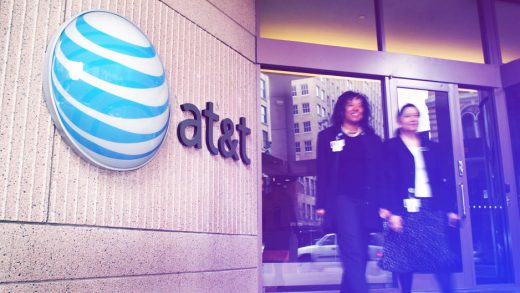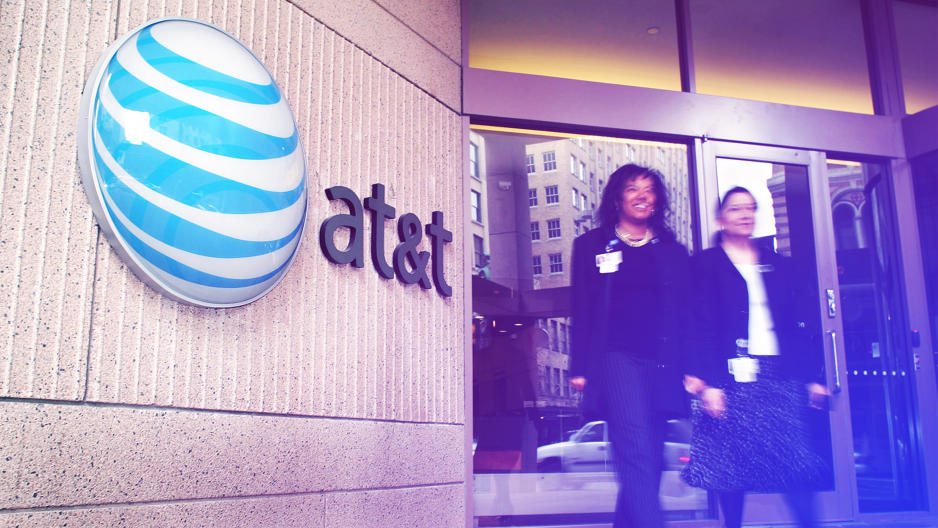How These Top Companies Are Getting Inclusion Right
Creating diverse and inclusive workplaces isn’t just a “nice” thing to do. There is also a well-documented business case for how diversity positively impacts the bottom line.
But once you’ve put the time and effort into building your multitalented, multifaceted A-team, you’re not going to keep them if they don’t feel valued, understood, and comfortable. That’s where inclusion—making employees feel valued, welcome and comfortable being who they are—comes in.
A 2016 report on Gallup.com summarized two of the company’s studies published in the Journal of Leadership and Organizational Studies that illustrate the potential of engagement coupled with diversity. In the first, employees’ intentions to leave their employers were higher when the employee and manager were of different races and the employee was not engaged. The other found that companies that had higher-than-average gender diversity and employee engagement also had 46% to 58% better financial performance than companies that were below the median on diversity and engagement.
When it comes to fostering an environment where employees feel encouraged to contribute, some companies consistently get it right, according to rankings like the DiversityInc Top 50, Great Place to Work’s “Best Workplaces” lists, and others that highlight diversity and inclusion. And while many of these companies are behemoths with vast resources, their best practices hold lessons for every company. Here, top diversity and inclusion leaders share some of the programs, policies, and initiatives that make their workplaces inclusive.
Emphasize From The Start
At Johnson & Johnson, communicating the importance of inclusion is critical. At every level of training, diversity and inclusion are emphasized. “As we are going through our talent process throughout the year, whether goal setting or coaching conversations or a mid-year review, we’re always giving out training materials, and we’ve embedded diversity and inclusion into those materials so that people are always thinking about how they can be more inclusive and making sure that there aren’t any hidden biases that may be impacting our thinking,” says Wanda Hope, chief diversity officer.
Johnson & Johnson regularly communicates the organizational commitment to diversity, both internally and externally. In addition, such communication can help attract a more diverse talent pool.
Create Community
At AT&T, having “a true culture of inclusion where every voice matters” is one of the reasons the company has been so successful in its diversity and inclusion initiatives, says Cynthia Marshall, senior vice president, human resources and chief diversity officer. Over the past decade, the company has created a dozen employee resource groups (ERGs) and employee networks (ENs). ERGs are nonprofit groups that provide support, advocacy, education, mentoring, and more to groups such as women, generations, military veterans, people with disabilities, and members of the LGBT community. ENs are more informal, typically focus on business or professional development issues, and are developed with cross-functional diversity as a priority.
These employee groups provide forums for people with common interests to connect, but that’s not all. “We have people that come in and want to know more about different cultures, so they’ll join that particular ERG and expand their knowledge,” Marshall says.
They help people feel comfortable and heard, and also give other employees the opportunity to learn more about people who are different than they are. In addition, leadership involvement in these groups helps employees find role models and mentors. Marshall says that leadership involvement and behavior modeling is an essential component of an inclusive culture.
Find The Right Voices
Concerned about data that showed a disparity in health care outcomes for certain segments within diverse populations, Kaiser Permanente’s leadership team wanted to close those gaps. The organization’s own data showed disparities in hypertension control for African-American patients and colorectal cancer screening for the Latino population, says Dr. Ronald Copeland, senior vice president and chief diversity and inclusion officer.
The health care provider created a framework of doctors, nurses, care teams, and hospitals. Then, they interviewed African-American and Latino patients about how to remove barriers to care. The feedback helped Kaiser Permanente reach its target populations, adapt service delivery, and close the gaps.
“If we just designed the solutions ourselves in isolation, we may miss the boat on critical levers that need to be pulled to get results,” Copeland says.
In 2015, AT&T’s Asian-Indian ERG was concerned about the lack of customers in its community, Marshall says. The group “cracked the code,” she says, and made recommendations related to providing service as well as marketing messages that have grown market share in that segment.
By tapping the expertise and insights of employees and other stakeholders from different experiences and backgrounds, companies can better find, communicate with, and serve more customers, she says.
Make It A Performance Marker
Inclusion leaders also have other mechanisms in common: feedback mechanisms and accountability. At EY, Johnson & Johnson, and others, managers have clear diversity and inclusion goals, and fulfilling them is part of their performance review.
But it’s not just a stick without a carrot. EY’s team recognizes managers who are good at fulfilling those goals. “In our organization, those executives that do really well and continue to advance further and faster are those that include acumen around inclusive leadership on their client serving team. It’s also critical for advancement and success in addition to day-to-day performance,” says Karyn Twaronite, EY partner and global diversity and inclusiveness officer.
Weaving inclusive messages and emphasis throughout the fabric of the business, tapping employees for their knowledge and expertise, and highlighting leadership support and involvement are essential for inclusion—and possible for businesses of any size. By showing employees that you’re serious about creating an environment that holds possibility for everyone, your organization may reap rewards you never imagined.
Fast Company , Read Full Story
(44)



